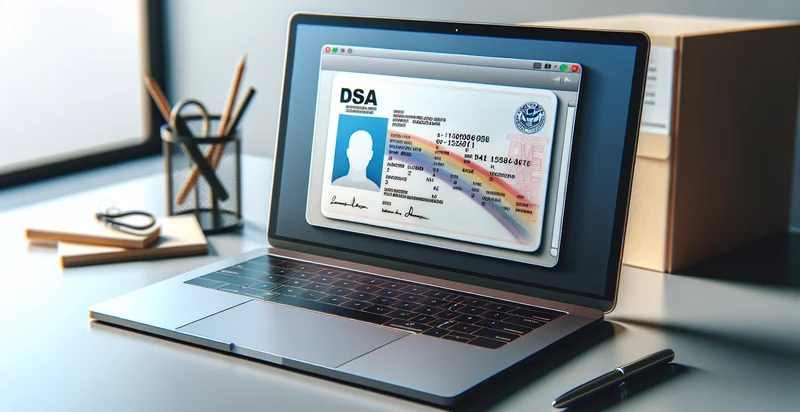Identify if client secret is in a PDF
using AI
Below is a free classifier to identify if client secret is in a PDF. Just upload your image, and our AI will predict if the client secret is exposed - in just seconds.

Contact us for API access
Or, use Nyckel to build highly-accurate custom classifiers in just minutes. No PhD required.
Get started
import nyckel
credentials = nyckel.Credentials("YOUR_CLIENT_ID", "YOUR_CLIENT_SECRET")
nyckel.invoke("if-client-secret-is-in-a-pdf", "your_image_url", credentials)
fetch('https://www.nyckel.com/v1/functions/if-client-secret-is-in-a-pdf/invoke', {
method: 'POST',
headers: {
'Authorization': 'Bearer ' + 'YOUR_BEARER_TOKEN',
'Content-Type': 'application/json',
},
body: JSON.stringify(
{"data": "your_image_url"}
)
})
.then(response => response.json())
.then(data => console.log(data));
curl -X POST \
-H "Content-Type: application/json" \
-H "Authorization: Bearer YOUR_BEARER_TOKEN" \
-d '{"data": "your_image_url"}' \
https://www.nyckel.com/v1/functions/if-client-secret-is-in-a-pdf/invoke
How this classifier works
To start, upload your image. Our AI tool will then predict if the client secret is exposed.
This pretrained image model uses a Nyckel-created dataset and has 2 labels, including Contains Client Secret and Does Not Contain Client Secret.
We'll also show a confidence score (the higher the number, the more confident the AI model is around if the client secret is exposed).
Whether you're just curious or building if client secret is in a PDF detection into your application, we hope our classifier proves helpful.
Related Classifiers
Need to identify if client secret is in a PDF at scale?
Get API or Zapier access to this classifier for free. It's perfect for:
- Confidentiality Compliance: Companies can utilize the identifier to ensure compliance with data privacy regulations by scanning documents to detect the presence of client secrets. This proactive approach helps mitigate the risk of data breaches and enhances trust with clients.
- Secure Document Handling: Enterprises can implement the classification function in their document management systems to automatically flag and secure files that contain sensitive information. This ensures that only authorized personnel have access to potentially compromising documents.
- Automated Risk Assessment: Financial institutions can integrate the identifier to perform automatic risk assessments by scanning PDF submissions for client secrets. By identifying sensitive information early, they can better manage their exposure to fraud and liability.
- Customized Client Services: Businesses can leverage the classification function to tailor their offerings based on the sensitivity of information present in client documents. Insights derived from such analysis can help firms deliver more personalized and secure services.
- Data Archiving Solutions: Organizations can utilize the identifier during data archiving processes to categorize and prioritize the secure storage of documents containing client secrets. This helps streamline compliance audits and enhances data retrieval efficacy in the future.
- Incident Response Streamlining: IT security teams can employ the tool to quickly identify and respond to data leakage incidents involving client secrets. By pinpointing compromised documents, organizations can implement targeted remediation efforts promptly.
- Audit Trail Enhancement: Companies can enhance their auditing processes by incorporating the identifier within their document workflows. By tracking when and where client secrets appear in PDFs, businesses can create robust audit trails that support compliance and governance requirements.


